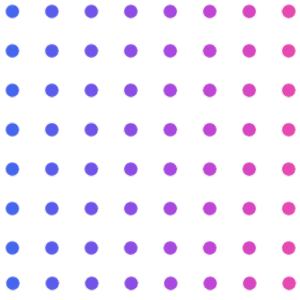
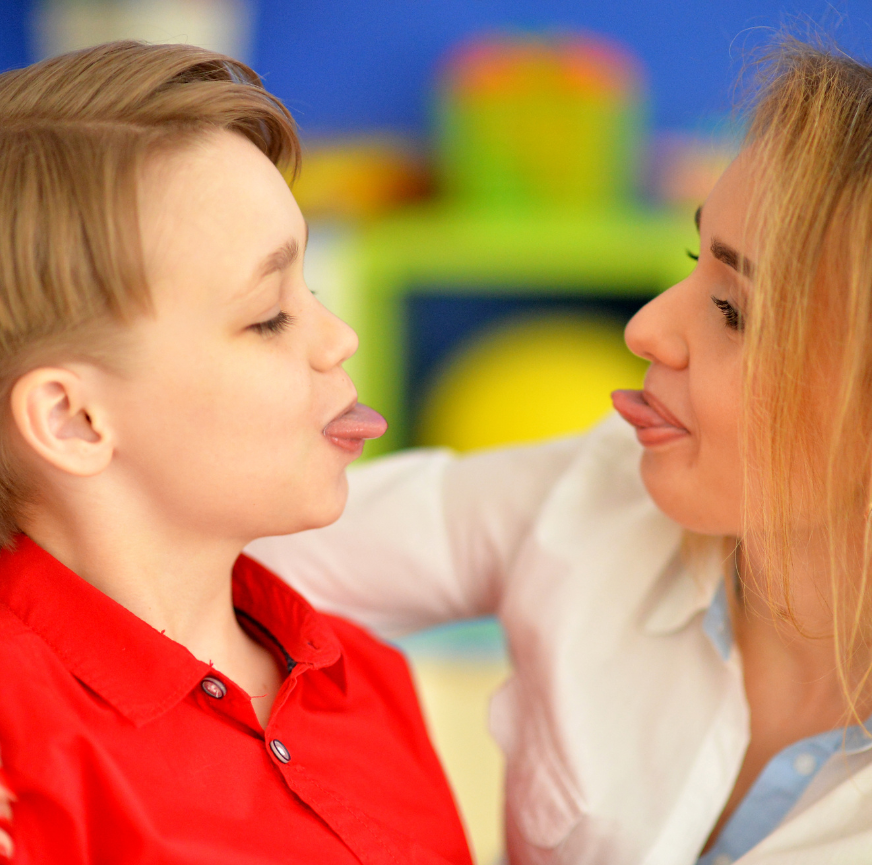

Myofunctional Therapy for a Healthier Tomorrow
Correcting improper oral and facial muscle habits to improve breathing, speech, swallowing, and overall oral health.



Abnormal muscle function in the mouth and face.
Orofacial Myofunctional Disorders are conditions where the muscles of the face and mouth function improperly, often leading to issues with breathing, swallowing, speaking, and even dental alignment.
These disorders can result from habits such as mouth breathing, thumb sucking, or tongue thrusting. OMDs can contribute to a range of problems, including misaligned teeth, sleep apnea, and difficulty with speech.
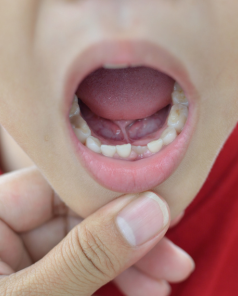
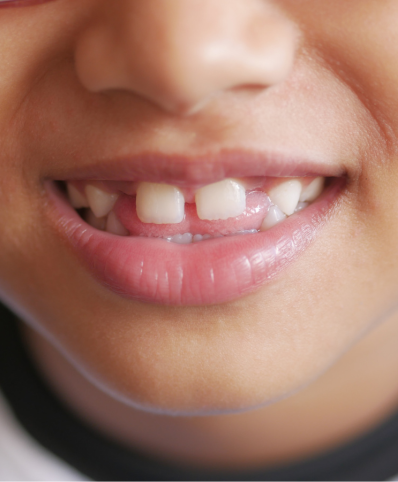
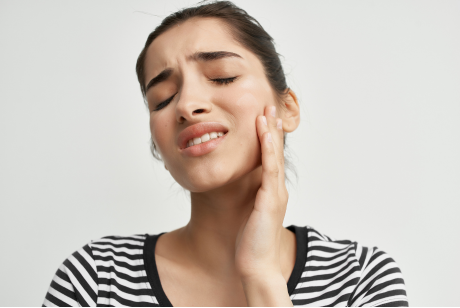

Do you struggle with any of the following?
If you’re wondering whether you might be dealing with an orofacial myofunctional disorder (OMD), there are several signs and symptoms to look out for. OMD refers to issues with the muscles and functions in and around the mouth, including the tongue, lips, and jaw. These problems can affect basic functions like breathing, swallowing, chewing, speaking, and even sleeping.
Myofunctional Therapy
A myofunctional therapy program will guide patients through exercises to retrain the muscles and help them perform their functions more efficiently. Therapy is commonly used for issues like:
Correct Tongue Position
A key aspect of myofunctional therapy is teaching proper tongue posture. When the tongue rests on the roof of the mouth (instead of the bottom of the mouth), it helps promote nasal breathing.
Lip Sealing Exercises
People who breathe through their mouths often struggle with keeping their lips sealed at rest. Myofunctional therapy includes exercises that strengthen the muscles around the lips, encouraging them to stay closed while breathing.
Correcting Swallowing Patterns
One of the core focuses of myofunctional therapy is to retrain the muscles involved in swallowing. In normal swallowing, the tongue should press against the roof of the mouth, not the teeth.

Addressing Muscle Imbalances
Muscle imbalances often stem from poor habits or compensations (e.g., tongue thrusting, mouth breathing). Over time, the body “learns“ these habits and forms muscle memory. Myofunctional therapy retrains the muscles by encouraging proper movement patterns
Enhancing Overall Facial Development
In children, muscle imbalances can influence facial and jaw development, leading to problems such as narrow palates or improper bite alignment. Myofunctional therapy can help guide the development of the face and jaw by encouraging proper muscle use. For example, strengthening the tongue and jaw muscles in children can help create space for teeth and promote healthy growth patterns.
Cambria Stewart, RDH, BSDH
Orofacial Myofunctional Therapist
 Hi!
Hi! ![]()
I’m Cam. I’m a mom to the two best girls who are identical twins. They are my “why”. After our difficulties with breastfeeding and airway issues, I started looking into how I could help others and began my myofunctional therapy journey when they turned 2. I share some of my daughters’ experiences and can offer advice based on what we have found to be helpful.
I have been a dental hygienist for 10 years now. I graduated from SFCC Dental Hygiene School and completed my bachelors at UMKC School of Dentistry. I trained with the IAOM in 2020 and am so happy to have found my “thing”. I love research, education, chatting, exercise & wellness, crafting, people, games, and tongues—myo fits all of those! ![]()
I have an athletic background and enjoy exercise physiology, nutrition, and the power of breathing. I have hypermobile Ehlers-Danlos syndrome (hEDS) and enjoy helping others connect the dots between their own symptoms and recommending providers to manage joint pain, fatigue, etc.—especially because it can involve orofacial myofunctional disorders (OMDs).
My husband is in the Air Force so we are currently living in Illinois, outside of St. Louis. I grew up in Kansas but we call the KCMO area home. I see patients in-person in KC & STL, but also offer fully virtual programs to anyone outside of Missouri.










